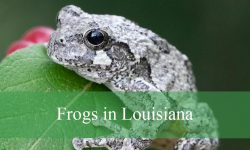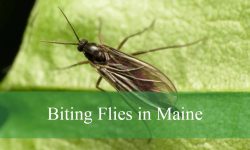Hawaii’s tropical climate makes it a paradise not only for people but also for a wide variety of insects and arachnids. While many are harmless, some species found on the islands can be surprisingly dangerous. From venomous spiders to aggressive ants and painful centipedes, encounters with these creatures are not uncommon.
Knowing how to identify these bugs is the first step to staying safe. Some pose medical risks through bites and stings, while others threaten public health by spreading diseases. With the right knowledge, you can avoid unpleasant encounters and enjoy Hawaii’s natural beauty with peace of mind.
This guide highlights eight of the most dangerous bugs in Hawaii, complete with identification tips, habitat information, and safety advice. By understanding which species to watch out for, you can protect yourself, your family, and even your pets from harm.
Types of Dangerous Bugs Found in Hawaii
Black Widow Spider (Latrodectus mactans)
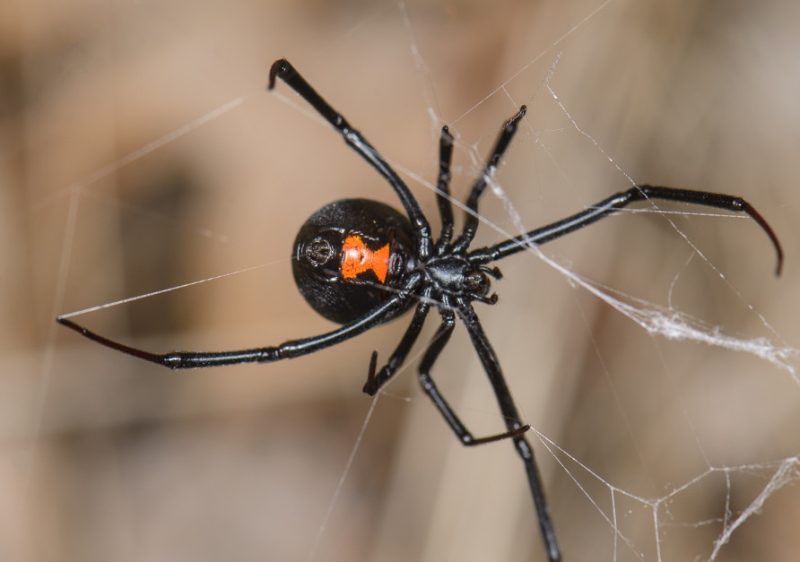
The Black Widow Spider is one of the most venomous arachnids found in Hawaii. It can be identified by its shiny black body and the distinct red hourglass marking on the underside of its abdomen. Females are larger and more dangerous than males, reaching up to 1.5 inches with their leg span. They prefer dark, secluded places such as woodpiles, garages, and outdoor sheds.
The bite of a Black Widow is highly venomous, though rarely fatal. Symptoms often include muscle cramps, abdominal pain, nausea, and sweating. Severe cases may require hospitalization, especially for young children, elderly individuals, or those with compromised health. Immediate medical attention is recommended after a suspected bite.
These spiders are not naturally aggressive and will usually only bite when threatened or accidentally disturbed. Wearing gloves when handling firewood, garden debris, or working in storage areas can reduce the risk of encounters. Their webs are irregular and messy, making them easy to spot if you know what to look for.
Despite their reputation, Black Widow Spiders help control insect populations. However, caution should always be taken when living or traveling in areas where they are commonly found. Simple awareness and preventive measures go a long way in avoiding dangerous encounters.
Brown Widow Spider (Latrodectus geometricus)

The Brown Widow Spider is a close relative of the Black Widow and is also found across Hawaii. It has a mottled brown or tan body with orange or yellow markings, and its egg sacs are spiky and distinctive. Like its cousin, it prefers sheltered spaces such as under outdoor furniture, inside garages, and in cracks around buildings.
Although its venom is similar to the Black Widow’s, it is generally less potent. Bites can still cause localized pain, redness, and muscle stiffness, but severe systemic reactions are less common. Most cases do not require medical treatment beyond basic wound care, though allergic reactions can occur in sensitive individuals.
The Brown Widow is more likely to retreat than attack, making it less dangerous overall. It tends to build webs in lower areas than the Black Widow, so people often encounter them when moving potted plants or working near fences and sheds. Wearing protective clothing during such activities helps reduce the risk.
Interestingly, Brown Widows may outcompete Black Widows in some environments, which could reduce the number of more dangerous encounters. Still, they remain a species worth respecting, especially in households with children or pets.
Centipedes (Scolopendra subspinipes)
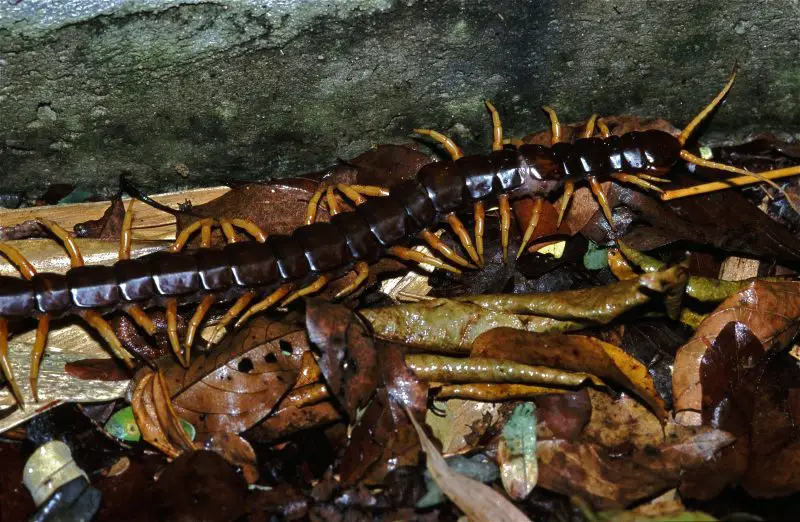
The Giant Centipede, known scientifically as Scolopendra subspinipes, is one of the most feared arthropods in Hawaii. These creatures can grow up to 8 inches long and have a reddish-brown segmented body with yellow legs. Their appearance alone is intimidating, and they are known for being aggressive when threatened.
Centipedes deliver venom through powerful forcipules, or modified front legs, which act like pincers. A bite can cause intense pain, swelling, and redness at the site, often lasting several hours. In rare cases, individuals may experience dizziness, nausea, or allergic reactions that require medical care. While not fatal, the experience can be extremely unpleasant.
These predators are nocturnal and often hide under rocks, logs, or within piles of leaves. They also sometimes enter homes in search of prey, making indoor encounters possible. Since they move quickly and bite defensively, handling them is not advised.
Centipedes play an important ecological role by keeping populations of cockroaches, spiders, and other insects in check. However, due to their painful bite, it is wise to exercise caution when working outdoors or cleaning in areas where they might be hiding.
Hawaiian Cane Spider (Heteropoda venatoria)
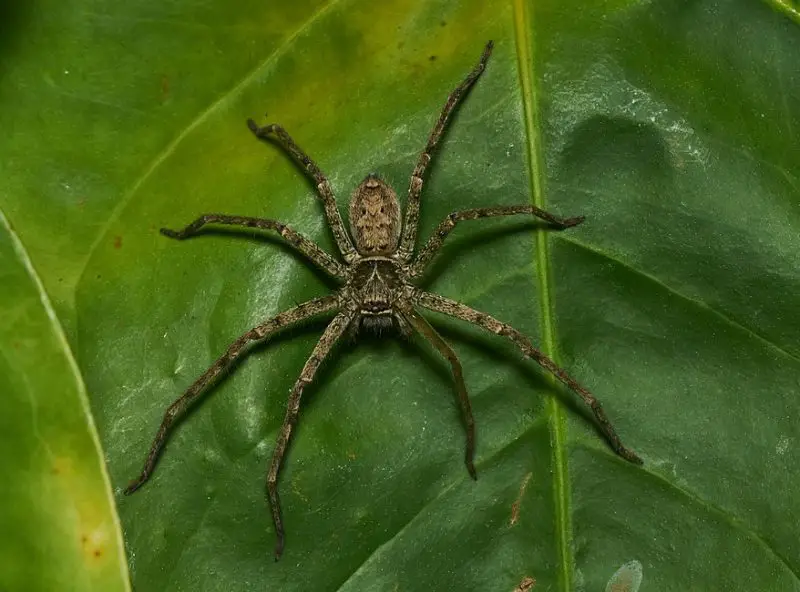
The Hawaiian Cane Spider, also known as the Giant Crab Spider, is a large and fast-moving species that can measure up to 4 inches across with its long legs. It is typically brown with banded legs and a flat body, allowing it to slip into narrow spaces. Despite its intimidating size, it is not considered dangerous to humans.
Unlike web-building spiders, the Cane Spider is an active hunter that preys on cockroaches and other household pests. It is commonly found in homes, barns, and sugarcane fields, which is how it earned its name. Seeing one on a wall or ceiling can be startling, but they are usually harmless.
If provoked or handled roughly, the Cane Spider can deliver a defensive bite. The bite is painful and may cause localized swelling, but it is not venomous enough to cause serious medical issues. For most people, discomfort subsides within a few hours.
Many residents of Hawaii actually consider the Cane Spider a beneficial guest because of its effectiveness at controlling cockroach populations. While its appearance may frighten newcomers, this species plays a positive role in the ecosystem and rarely poses a real threat.
Killer Bees (Africanized Honey Bees)
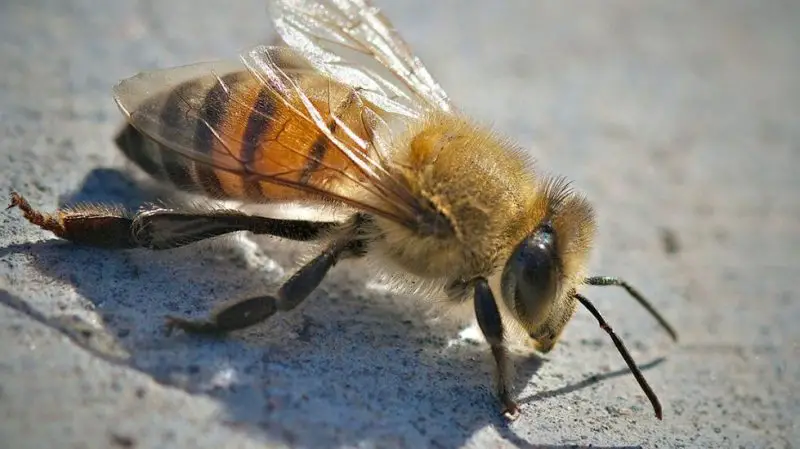
Killer Bees, also known as Africanized Honey Bees, are present in Hawaii and are known for their highly aggressive behavior. They closely resemble regular honey bees in appearance, with golden-yellow bodies and black stripes, making them difficult to distinguish by sight alone. Their danger lies not in their venom, which is similar to that of European honey bees, but in their tendency to attack in large numbers.
When provoked, Killer Bees respond rapidly and pursue perceived threats over long distances. Their stings can be life-threatening if a person is stung repeatedly or if they suffer from allergic reactions. Multiple stings may cause swelling, dizziness, nausea, and, in severe cases, anaphylactic shock requiring immediate medical attention.
These bees are often found in hollow trees, utility boxes, and wall voids around homes. Disturbing their hives, even accidentally, can trigger an aggressive swarm. For this reason, professionals should handle hive removal rather than untrained individuals.
Despite their aggressive reputation, Killer Bees are important pollinators. They contribute to the ecosystem by helping plants reproduce, but their presence requires extra caution. Avoiding sudden movements near hives and keeping a safe distance from buzzing swarms are the best ways to prevent attacks.
Mosquitoes (Aedes aegypti and Aedes albopictus)
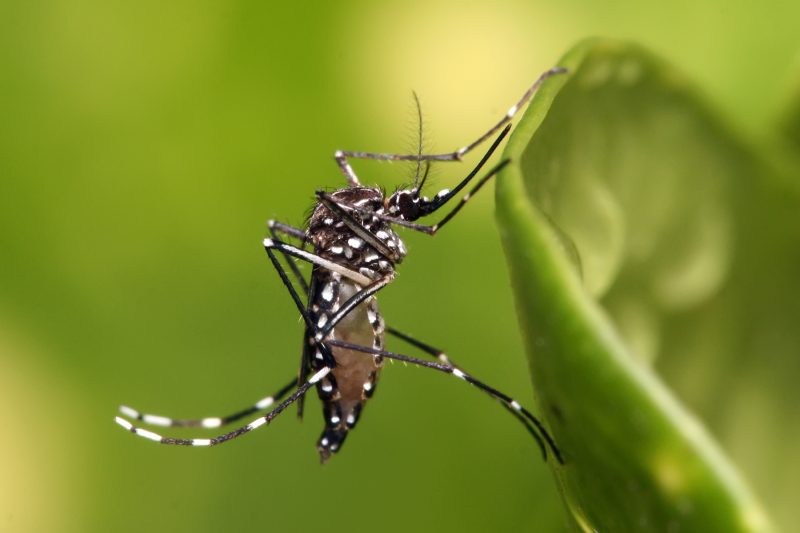
Mosquitoes are among the most dangerous insects in Hawaii due to their role as disease carriers. Two invasive species, Aedes aegypti and Aedes albopictus, are the main culprits. Both are small, black-bodied mosquitoes with distinctive white markings on their legs. They thrive in Hawaii’s warm, humid environment and reproduce quickly in standing water.
The danger from mosquitoes comes from their ability to spread illnesses such as dengue fever, Zika virus, and chikungunya. Their bites typically cause itchy, red welts, but in some cases, they can lead to serious outbreaks of mosquito-borne diseases. Historically, Hawaii has dealt with dengue fever outbreaks, making these insects a public health concern.
Mosquitoes are most active during early morning and late afternoon. They often breed in common household items like buckets, flower pots, and clogged gutters. Preventive measures such as eliminating standing water, using insect repellent, and wearing protective clothing can greatly reduce exposure.
Because of their potential to spread disease, mosquitoes are considered one of the most significant health threats in Hawaii. Local authorities often monitor mosquito populations and encourage communities to remain vigilant in reducing breeding sites.
Scorpions (Centruroides species)
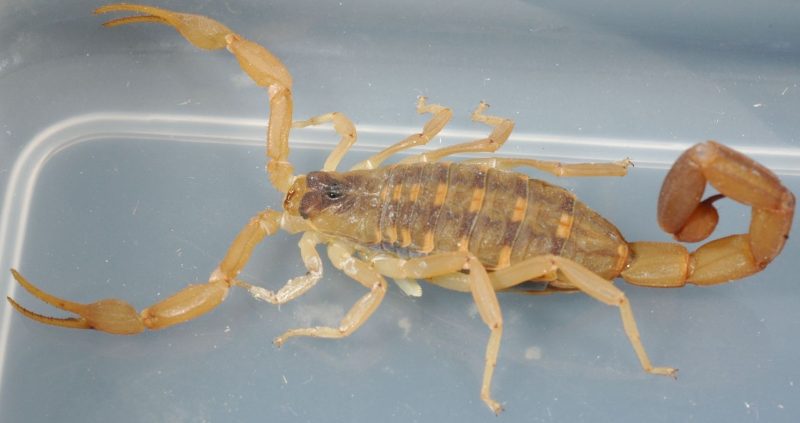
Although not as common as spiders or centipedes, scorpions do live in Hawaii and are capable of delivering painful stings. The most notable species is part of the Centruroides genus, which is small to medium in size, with slender pincers and a segmented tail tipped with a venomous stinger. They are usually tan or light brown, blending well with their surroundings.
Scorpion stings are typically very painful, often compared to a severe bee sting. Symptoms may include swelling, redness, numbness, and in some cases, muscle spasms or difficulty breathing. Most stings are not fatal, but children and those with allergies may be at higher risk of severe reactions. Medical attention is recommended if symptoms worsen.
These nocturnal predators hide under rocks, wood piles, or debris during the day and emerge at night to hunt insects and small animals. Their secretive nature makes them difficult to detect, which is why encounters often happen unexpectedly.
Scorpions in Hawaii are not considered as dangerous as species found in the southwestern United States or Mexico, but they still demand caution. Shaking out shoes, clothing, and bedding before use is a simple but effective way to prevent stings.
Fire Ants (Solenopsis invicta and Wasmannia auropunctata)
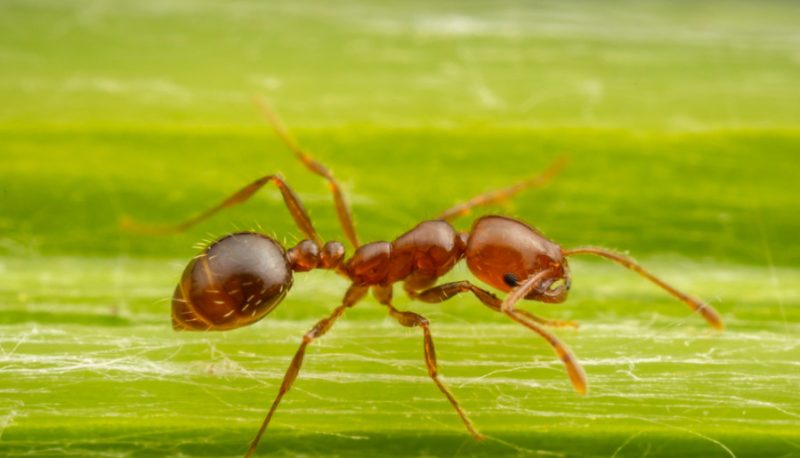
Fire Ants are invasive insects in Hawaii that pose both environmental and health risks. Two main species exist: the Red Imported Fire Ant (Solenopsis invicta) and the Little Fire Ant (Wasmannia auropunctata). They are small, reddish-brown to golden in color, and form aggressive colonies that can quickly spread in gardens, lawns, and agricultural fields.
The sting of a Fire Ant is extremely painful, producing a burning sensation followed by itchy welts or pustules. Multiple stings are common since they attack in groups, and for sensitive individuals, stings can trigger dangerous allergic reactions. Pets and livestock can also suffer severe effects from infestations.
Fire Ants are notorious for their aggressive behavior and ability to displace native species. The Little Fire Ant, in particular, is a major pest in Hawaii, infesting homes, orchards, and even bedding, where it can sting people and animals alike. Their colonies are resilient, making them difficult to eliminate.
Efforts are ongoing in Hawaii to control the spread of Fire Ants through monitoring, pesticide treatments, and public awareness campaigns. Residents are encouraged to report suspected infestations, as early detection is crucial in managing these invasive pests.
Tips for Staying Safe from Dangerous Bugs in Hawaii
Living in or visiting Hawaii means enjoying lush landscapes and warm weather, but it also comes with the possibility of encountering dangerous insects and arachnids. By taking some preventive measures, you can greatly reduce the risk of bites, stings, or infestations. Awareness is the first line of defense, followed closely by practical safety habits.
One of the most effective ways to avoid bug-related problems is to wear protective clothing outdoors. Long sleeves, long pants, and closed-toe shoes create a barrier that reduces the chance of spiders, centipedes, or ants making direct contact with your skin. This is especially important when hiking, gardening, or exploring areas where insects hide, such as woodpiles, leaf litter, or dense vegetation.
Insect repellents also play a vital role in keeping dangerous bugs at bay, particularly mosquitoes. Using repellents containing DEET, picaridin, or oil of lemon eucalyptus can help protect against bites that may transmit diseases like dengue or Zika. Additionally, keeping living areas clean—by sealing cracks, removing clutter, and eliminating standing water—reduces the chances of pests establishing themselves around your home.
Finally, if you do suffer a bite or sting, seeking medical help promptly is crucial. While many reactions are mild and temporary, some can escalate into serious health issues, especially for children, the elderly, or those with allergies. Quick medical attention ensures that symptoms are managed effectively and complications are avoided.
FAQs about Dangerous Bugs in Hawaii
Are there poisonous spiders in Hawaii?
Yes, Hawaii is home to venomous spiders, including the Black Widow and the Brown Widow. While bites are rarely fatal, they can cause severe pain, muscle cramps, and other health issues that require medical treatment.
Which bug in Hawaii causes the most painful bite?
The Giant Centipede (Scolopendra subspinipes) is often considered the insect with the most painful bite in Hawaii. Its venom causes intense burning pain, swelling, and sometimes nausea, though it is not typically life-threatening.
How dangerous are mosquitoes in Hawaii?
Mosquitoes are one of the most dangerous insects in Hawaii because they can spread diseases such as dengue fever, Zika virus, and chikungunya. Preventing mosquito bites is a top priority for protecting public health.
What should I do if bitten by a centipede in Hawaii?
If bitten by a centipede, wash the wound with soap and water, apply a cold compress to reduce swelling, and take over-the-counter pain relievers if necessary. Seek medical help immediately if symptoms worsen or if you experience an allergic reaction.
Are fire ants spreading across all Hawaiian islands?
Yes, invasive fire ants, especially the Little Fire Ant (Wasmannia auropunctata), are spreading across multiple islands. They are aggressive, difficult to control, and pose risks to humans, pets, and agriculture. Reporting infestations and following control guidelines are important steps in slowing their spread.

